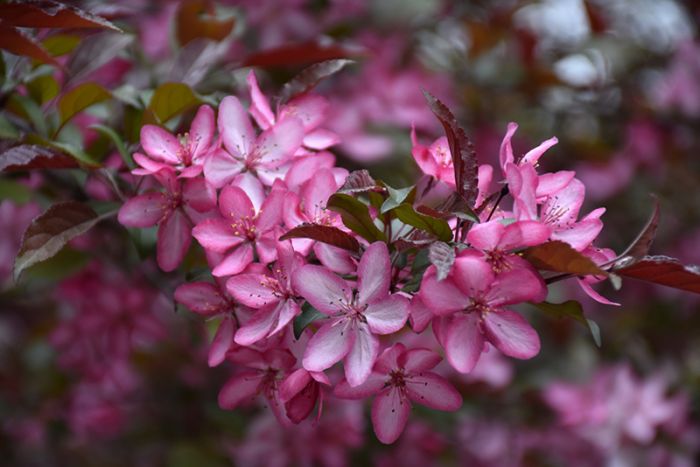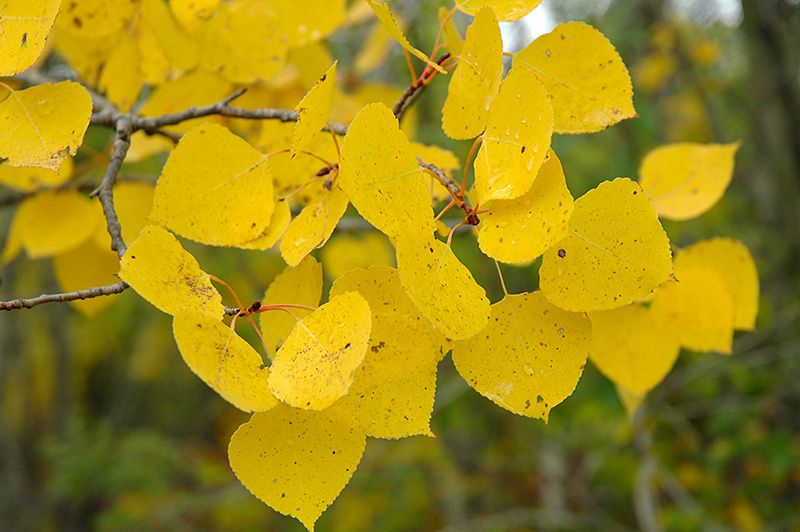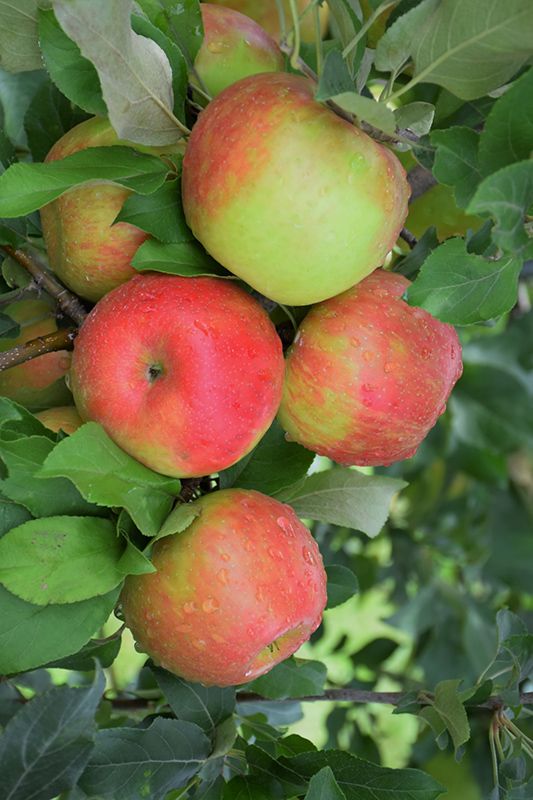Malus, Flowering Crabapple 'Royal Raindrops®'

Out of stock
Temporarily Out of Stock- Sun Preference
- Full-Sun
Description
The premier red foliaged flowering tree, disease resistant leaves emerge wine red and mature to glorious burgundy; fall brings on a firestorm of orange-red color. Abundant, vibrant burgundy red flowers bring a refined elegance to any landscape.
Minnesota's Largest Selection of Trees
At Minnesota's Destination Garden Center, we offer a diverse range of trees to suit any landscaping need. Whether you're looking for shade trees to cool your home or ornamental trees to add beauty and interest, you'll find the perfect tree at Gertens. Our knowledgeable staff can help you select the right tree for your space and provide tips for care and maintenance. Visit Gertens today and explore the unmatched variety of trees to enhance your outdoor environment!
Details
Royal Raindrops® Flowering Crabapple | Malus 'JFS-KW5'
Height: 20 feet
Spread: 15 feet
Sunlight: Full Sun
Hardiness Zone: 4a
Other Names: Roseybloom, Crabapple
Description:
Bright pinkish red flowers combine with deep purple cutleaf foliage to present a stunning crabtree; excellent upright form, branching and density; demonstrates great resistance to the common diseases
Ornamental Features
Royal Raindrops® Flowering Crabapple is covered in stunning clusters of fragrant rose flowers along the branches in mid spring before the leaves. It has attractive deep purple deciduous foliage. The deeply cut lobed leaves are highly ornamental and turn an outstanding scarlet in the fall. The fruits are showy red pomes carried in abundance from early to late fall.
Landscape Attributes
Royal Raindrops® Flowering Crabapple is a deciduous tree with an upright spreading habit of growth. Its relatively fine texture sets it apart from other landscape plants with less refined foliage.
This tree will require occasional maintenance and upkeep, and is best pruned in late winter once the threat of extreme cold has passed. It is a good choice for attracting birds to your yard. It has no significant negative characteristics.
Royal Raindrops® Flowering Crabapple is recommended for the following landscape applications;
- Accent
- Shade
Planting & Growing
Royal Raindrops® Flowering Crabapple will grow to be about 20 feet tall at maturity, with a spread of 15 feet. It has a low canopy with a typical clearance of 3 feet from the ground, and is suitable for planting under power lines. It grows at a medium rate, and under ideal conditions can be expected to live for 50 years or more.
This tree should only be grown in full sunlight. It prefers to grow in average to moist conditions, and shouldn't be allowed to dry out. It is not particular as to soil type or pH. It is highly tolerant of urban pollution and will even thrive in inner city environments. This particular variety is an interspecific hybrid.
More Information
| Available for Pre-Order | No |
|---|---|
| Tree Type | Shade & Ornamental |
| Sun Preference | Full-Sun |
| USDA Hardiness Zone | 4, 5, 6, 7 |
| Common Family Name | Crabapple |


